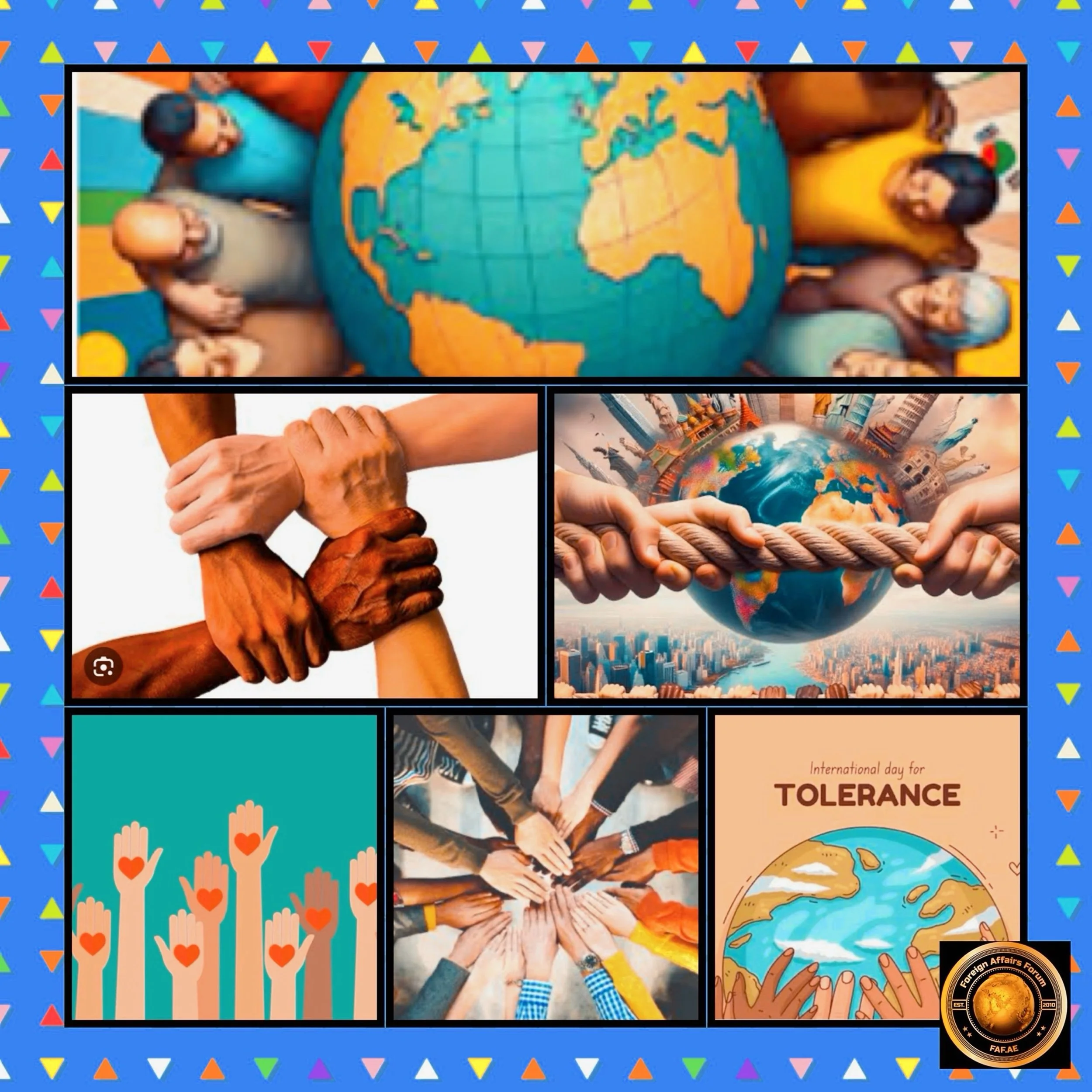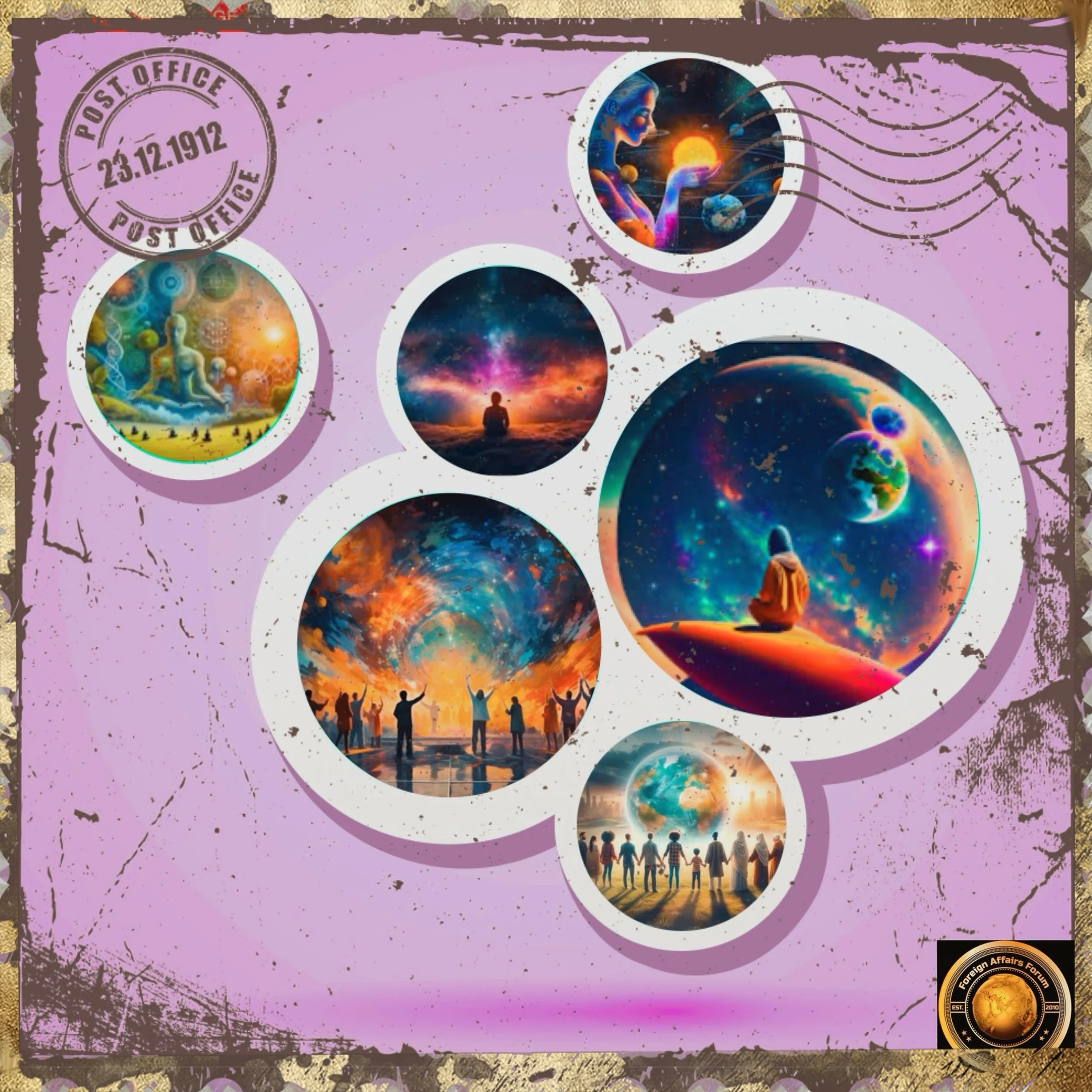Cultural Identity and Global Unity: Navigating the Paradox of Diversity and Oneness
Introduction
The relationship between cultural identity and global unity represents one of the most significant challenges of our interconnected world.
As we navigate an increasingly globalized society, we face the fundamental question of whether our individual and collective cultural identities help or hinder our ability to achieve meaningful unity as a human family.
The Tension Between Identity and Unity
Cultural identity gives people a sense of belonging, roots, and meaning. It shapes how individuals view themselves about others and offers frameworks for understanding the world.
However, this same identity that provides security and meaning can sometimes create boundaries between groups.
The search for unity amid diversity is not a zero-sum game. As research indicates, “While globalization drives global unity, cultural diversity remains crucial for preserving individual identities.”
This suggests that unity and diversity need not be opposing forces but can potentially complement each other in a balanced approach to human connection.
Identity Formation in a Complex World
People naturally form identities based on race, ethnicity, nationality, religion, and shared history.
This identity formation is both natural and deeply human. We see this across different contexts:
“Cultural identity refers to belonging to a particular group culture, shaped by various factors such as ancestry, ethnicity, religion, and social class.
It encompasses the beliefs, norms, and practices that connect individuals to their heritage and to each other. “
These identities provide frameworks for understanding ourselves and others.
Yet, when these identities become rigid or exclusionary, they can indeed hinder broader unity.
Globalization’s Dual Effects on Cultural Identity
Contrary to early expectations, globalization has not erased cultural differences.
Instead, we’ve witnessed two parallel processes: increasing global interconnectedness and strengthening cultural identities.
“It was believed that globalization would diminish cultural differences, dilute individual and group identities, and suppress nationalist sentiments.
However, these forecasts did not materialize as expected. Not only did differences persist, but tolerance for them did not increase”.
This unexpected outcome reveals that people often respond to globalization by reinforcing their cultural identities rather than abandoning them:
“In recent decades, two parallel processes have coexisted at a world level: globalization, on the one hand, and the reaffirmation of different cultural identities, on the other.
Both processes are interrelated, as cultural homogenization, which is usually linked to globalization, “involves a threat to local cultures.”
Unity in Diversity: A Balanced Approach
Rather than seeing cultural identity as an obstacle to unity, many philosophers, religious traditions, and scholars propose the concept of “unity in diversity” – the idea that human unity is enriched by, rather than diminished by, our differences.
The concept of “Vasudhaiva Kutumbakam” or “The World is One Family” from ancient Indian philosophy captures this sentiment: “This ancient Indian saying conveys the idea that the entire world is interconnected and that all people are part of a single global family”.
This perspective suggests that unity doesn’t require uniformity.
Similarly, the Baháʼí Faith teaches that “unity does not equal uniformity, but instead the Baháʼí writings advocate for the principle of unity in diversity where the variety in the human race is valued”.
This view recognizes that our differences contribute to the richness of human experience.
The Challenge of Past Atrocities and Current Identities
The query rightfully raises concerns about how past atrocities and current identity markers might prevent global unity.
Historical injustices like colonization, slavery, genocide, and ongoing discrimination have created deep wounds that cannot be ignored in our pursuit of unity.
As one source notes regarding cultural preservation: “Genocide manifests through the intentional destruction of social identity, which comprises the common faculties binding individuals to a group, including language, traditions, social structures, land, or physical objects”.
When cultural identities have been targeted for destruction, their preservation becomes not just a matter of preference but of survival.
Acknowledging these historical realities is essential for authentic unity.
True unity cannot come through erasure or forced assimilation but must include recognition of past wrongs and present inequalities.
Pathways to Global Unity
While complete unity as “one race, one religion, and one God” may be aspirational for some, the reality of human diversity suggests different approaches to fostering meaningful connection across differences:
Expanding the Notion of Family
One approach involves “Expanding the Notion of Family which views the entire world as an extended family, fostering a profound sense of belonging and responsibility towards all beings, irrespective of their differences”.
This perspective encourages us to see humanity as fundamentally connected despite our differences.
Cultural Exchange and Dialogue
“Communication plays a major role as a new public space and it allows dynamic construction of intercultural and facilitates movement from monologue to dialogue, dialogue and cooperation”.
Through genuine dialogue and exchange, people can build bridges across cultural differences.
Common Values and Shared Challenges
Global challenges like climate change, pandemics, and economic inequality affect people across all cultural boundaries. Addressing these shared challenges can create unity of purpose:
“If we want to live in a culturally viable twenty-first century we need a total respect to the values of others, a consensus on a minimum number of universal values and a greater role for international trade, for people of all ages to travel freely and recognize global nature of the inheritance of the whole world”.
The Vision of One Human Family
While the vision of “one race, one religion, and one God” represents one perspective on unity, many traditions see unity as compatible with diversity. The Baháʼí Faith, for example, teaches:
“The central theme of Bahá’u’lláh’s teachings is that humanity is a single race which should now be united in one global society.
Human beings originally lived in isolated family groups, then became tribal, moving into city states and then nations.
Bahá’ís believe that humanity must now move forward to global maturity, recreating itself as a single human family”.
This evolutionary view sees unity as the next stage of human development, not as the erasure of our differences but as their harmonization.
Conclusion
Balancing Identity and Unity
Cultural identity need not hinder global unity if we embrace a perspective that values both our shared humanity and our diverse expressions of it.
As one source notes, “Identity is not a zero-sum game”, suggesting that strengthening cultural identity and fostering global unity can occur simultaneously.
The path forward likely involves recognizing our common humanity while respecting the diverse ways this humanity is expressed through culture. It requires acknowledging historical injustices while working toward healing and reconciliation.
It also demands the creation of systems and structures that honor both our unity and our diversity.
In this endeavor, we might find wisdom in the approach that states, “The whole of mankind belongs to one Religion—the Religion of Man.”
For all men God is the Father. As the children of one God all men are brothers”, while simultaneously recognizing that this oneness manifests through the beautiful diversity of human expression.





